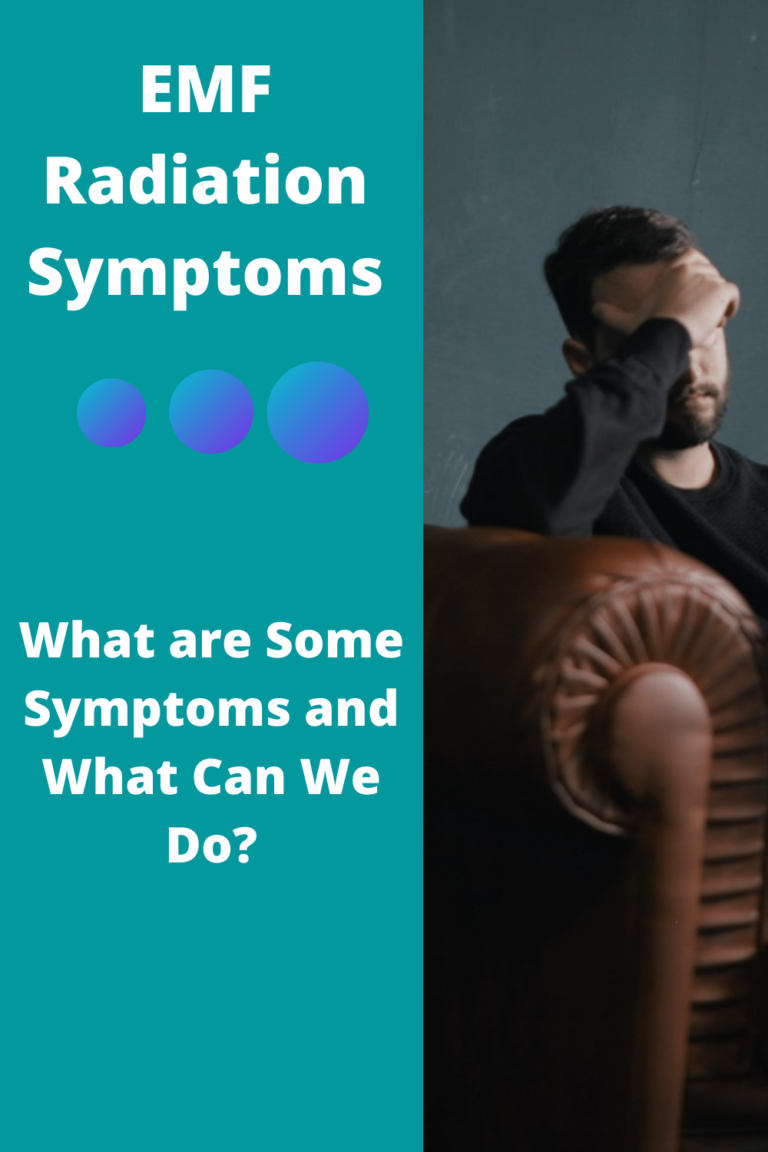The radiation RF-EMF causes DNA damage, tissue heating, and even disrupt the blood-brain barrier. These are real-world effects, and ARPANSA is actively involved in discussions with EHS community, medical experts as well as researchers. ARPANSA will continue to examine research regarding the health effects caused by EMF radiation.
RF-EMF causes DNA damage
The exposure to electromagnetic fields created by humans (EMFs) is associated with DNA damage as well as negative health effects. EMFs can disrupt the intracellular ionic concentrations that are crucial to maintain the balance of electrochemical activity in cells. In turn, this can alter the balance of cell metabolism, resulting damages to the DNA. Moreover, exposure to EMFs can also trigger the production of free radicals and reactive oxygen species (ROS).
The exposure to radiation from RF-EMF has been linked with alterations in the male germ cell's development. This results in the differentiation of the germ cell into spermatozoa, aswell maturation of the functional aspect as spermatozoa move across the epididymis. To investigate the effect of RF-EMF exposure on the development of male germ cells, a specially-built waveguide machine was designed to expose unrestrained mice to RF EME in the range of 2.2 W/kg.
In a recent study, researchers found that exposure to RF-EME caused the oxidation of DNA in spermatozoa. Sperm DNA fragmentation increased by 18% following an entire week of treatment and by 23% after five weeks. Furthermore, DNA damage in mitochondria was observed by measuring the level of a biomarker, 8-hydroxy-2-deoxyguanosine (8-OH-dG).
Despite this it isn't yet considered to be a carcinogen. However, several studies have revealed that RF-EMF exposure can impair DNA integrity in a variety of cell lines. In one study, scientists were exposed Vero cells with an EMF of 100 Hz for 45 minutes. They measured DNA damage at 48 hours following exposure to determine if exposure affected the integrity of DNA.

The effect of RF-EMF on tissue heating
Although the effects of RF-EMF are generally thought as thermal in nature, a few studies have demonstrated that non-thermal effects are also evident. These factors could be responsible for some of the unresolved observations in the epidemiological study of EMF hypersensitivity. It is therefore important to take into account non-thermal effects when conducting systematic reviews.
The non-thermal effects of the RF-EMF can occur on the cell's membrane. This is an area of research that has been thoroughly studied. In particular the electrochemical properties of cell membranes has been investigated. Current understanding suggests that energy generated by RF-EMF greater than 1 MHz gets transferred to the tissue via dielectric and ionic dissipation. Previous theoretical analyses indicated that the energy transfer to tissues could be as high as 200 kV/m.
The electric properties of tissue are controlled through the distribution and composition of water molecules, and other molecules inside the body. This determines how absorbed EMR RF is by various tissues. Organs with greater conductivity are likely to absorb more field and cause more of an impact. This is the reason why the amount of heating in tissues does not increase steadily between the outside and inside, but occurs in hot spots. Bone and fatty tissues are less susceptible to heating by RF as compared to other tissues, since they are low in water content.
The extent of the field's penetration is determined by the strength and frequency that the electromagnetic field has. Muscle tissue is more able to absorb field energy than other tissues and converts it to heat more efficiently. Typically https://poe-mcmahan.blogbright.net/precisely-how-emf-radiation-influences-your-body-1680107620 that RFEMF has is measured in millimeters (mm). The greater the frequency, the deeper the penetration.
RF-EMF causes blood-brain barrier disruption
Researchers have found that RF EMF can alter the blood-brain-barrier which can alter sleep patterns and neurotransmitter levels. Furthermore, the effects of EMF affect brain function are linked to neurodegenerative disorders. For instance, EMF from mobile phones could affect the electroencephalogram's activity and sleep patterns, as well as the actions of nitric Oxide and xanthin oxidase.
Researchers from the Vienna University have studied the effects of exposure to RF-EMF on brain cells. what is emf radiation studied what effects ELF EMF on brain system. While the mechanisms of the cell that are involved aren't fully comprehended but there is a clear association between ELF-EMF exposure and myelin depletion. This relationship might account for the electro-hypersensitivity symptoms of electro-hypersensitivity. Fortunately, there are some known methods to regenerate myelin in the brain.
Researchers have observed that exposure to frequencies of 900 millimeters EMF enhanced the permeability of BBB and increased signs of neuronal damage in rodents. emf radiation symptoms observed an increase in the extravasation of albumin to neurons. Furthermore, they discovered that after 30 minutes of exposure at 900 MHz 99mTc-MIBI accelerated its diffusion into the brain. But this effect didn't occur when using Evans blue injections.
Despite these findings, RF EMF is not able to provide a definitive method for disrupting the BBB. Research suggests that EMF exposure increases erythrocyte membrane permeability, which could influence the BBB and enhance the efflux of calcium ions. Furthermore, the presence a 99mTcMIBI radiotracer inside the brain is also connected to an increase in the permeability and permeability of the BBB.
